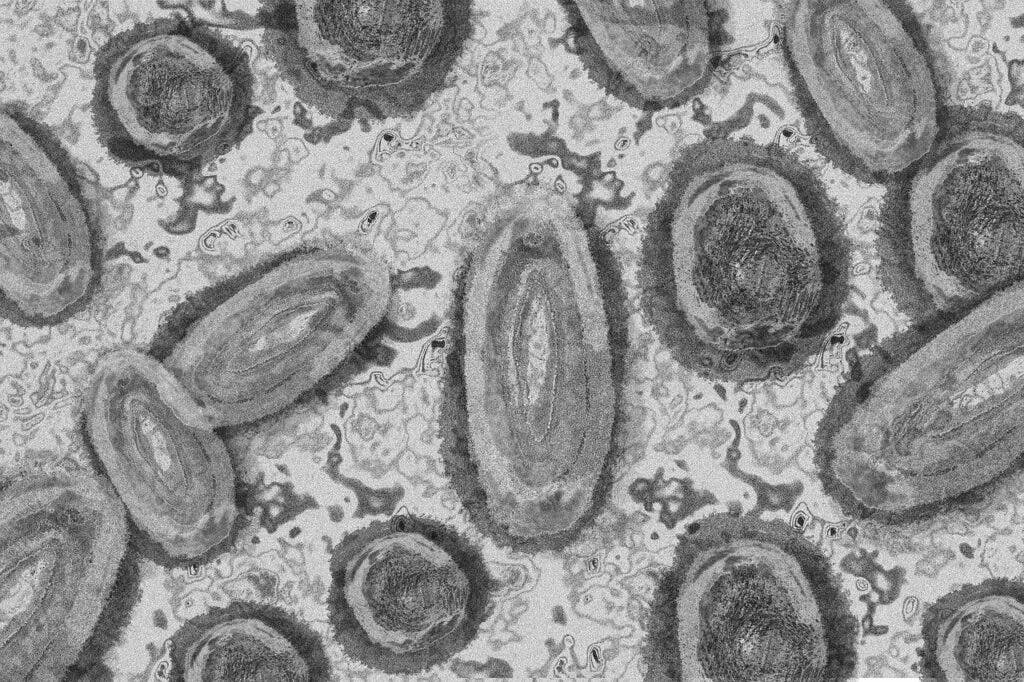Scientists at genetic labs and infectious disease experts are urgently looking for clues to better understand the sudden emergence of the monkeypox virus, which continues to grow in countries where the virus isn’t normally found. Now, a new study suggested the virus could have been spreading “under the radar” for months or even years, with mild symptoms masking the spread.

In early research, scientists at the University of Edinburgh said the genetic pattern from the virus suggests there’s been “sustained human to human transmission since at least 2017.” They sequenced samples from the recent outbreak and found they could have descended from an earlier version of the virus identified between 2017 and 2019.
“There may have been undetected transmission for a while,” Rosamund Lewis, the World Health Organization (WHO) technical lead for monkeypox, told reporters during a media briefing last week. “What we don’t know is how long that may have been. We don’t know if it’s weeks, months, or possibly a couple of years.”
The researchers found an “unexpectedly large number” of changes to the virus’s genetic code since 2017, which could be explained by a lot of undetected spread. However, such shifts don’t necessarily explain the span of the current outbreak.
Amesh Adalja from the Johns Hopkins Center for Health Security told NBC the virus likely found its way into a “social and sexual network” and then was aided by amplification events to expand. Meanwhile, biologist Michael Worobey told CNN this new study suggests the outbreak “has been going on for a long time, locally.”
An unexpected expansion
Monkeypox, which can cause painful lesions across the body and even leave scars, typically runs its course in an individual in three weeks. It’s a viral zoonosis, with symptoms similar to those seen in the past in smallpox patients. Most of the identified cases have been mild, including fever, headache, and rash concentrated on the face.
The virus was first identified in humans in 1970 in the Democratic Republic of the Congo. Since then, most cases have been reported in rainforest regions of the Congo Basin. In 2003, the first outbreak outside of Africa was in the US, linked to contact with pet prairie dogs. Last month, cases were identified in several non-endemic countries.
While animal-to-human transmission occurs through direct contact with the blood or bodily fluids of the infected animals, human-to-human transmission happens via close contact with respiratory secretions or skin lesions of an infected person. Transmission through droplet respiratory particles usually requires a longer face-to-face contact.
Sixty-six people have died of the virus in African nations so far this year 2022, according to the WHO. No deaths have occurred so far in the current outbreak in Europe or the US. Only one person has been hospitalized for severe pain from lesions in the US, Jennifer McQuiston from the CDC said in a news briefing last week.
As of June 5th, there have been 780 confirmed cases in countries where the monkeypox is not usually found, the WHO said. That’s triple the cases it reported a week ago. The WHO said the figure is likely an underestimate and considers the global risk level as “moderate.” Most cases are in Europe and the US as well as Latin America.









